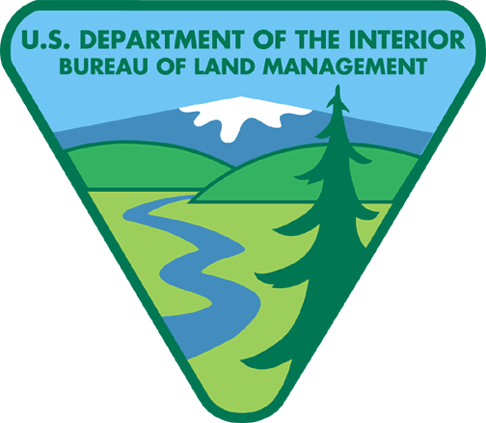After reviewing instances of alleged animal abuse during the recently completed Triple B wild horse gather in Nevada, a Bureau of Land Management team has found that helicopter contractor Sun J Livestock generally demonstrated appropriate, humane handling of wild horses over the course of the six-week gather that ended August 31. The review team also cited specific incidents of inappropriate, aggressive practices, including cases when the helicopter operated too closely to single horses and pursued small groups of horses or single horses too long. No single incident, however, generated a consensus among animal welfare experts that horses were treated inhumanely. The team’s seven-page report made 11 recommendations, including the need for the BLM to ensure clarity of management expectations of what is appropriate and what is not in gather-related operations. The agency will take corrective actions in response to all recommendations.
BLM Director Bob Abbey called for the review on September 23, following the conclusion of the Triple B gather, which resulted in the removal of more than 1,200 wild horses from overpopulated herds roaming in a complex northwest of Ely and southeast of Elko. The purpose of the gather was to bring wild horse herd populations into balance with the land’s forage capacity, consistent with the BLM’s mandate to manage the public lands for multiple resources and uses, including wildlife habitat, livestock grazing, and outdoor recreation. Toward the end of the gather, U.S. District Court Judge Howard D. McKibben granted a Temporary Restraining Order to plaintiffs opposed to the Triple B gather because of his concern that a helicopter was flying too closely to a horse being gathered.
“Aggressive and rough handling of wild horses is not acceptable and we are actively taking steps to ensure that such behavior is not repeated,” Director Abbey said. “Guidance documents will be issued to ensure that all gather personnel are aware of appropriate handling techniques and related procedures.”
The BLM team was composed of Ken Collum, BLM Eagle Lake (CA) Field Manager; Gus Warr, BLM-Utah Lead Wild Horse and Burro Specialist; Steven Hall, BLM-Colorado Communications Director; and Dr. Owen Henderson, Animal and Plant Health Inspection Service veterinarian. The team interviewed BLM staff, external animal welfare experts, and Sun J Livestock employees. The team also reviewed declarations filed in U.S. District Court by public observers who documented alleged abuse at the gather. In addition, the BLM examined 11 videos taken by public observers of the BLM’s Triple B gather and reviewed the more extensive collection of BLM videos, photos, and reports.
“I am instituting a proactive process for conducting internal reviews of many aspects of our program to ensure that we are moving toward the ‘new normal’ of wild horse and burro management,” said Joan Guilfoyle, Chief of the BLM’s Wild Horse and Burro Division.
In response to the team’s recommendations, the BLM is taking corrective actions, including:
- Establishing a helicopter gather contracts review team to determine what operational improvements are needed, whether by modification of existing contracts or by issuing new “Requests for Proposal” (solicitations) for gather-related work, and to clarify management expectations as to what is appropriate and what is inappropriate.
- Reviewing existing training courses and recommending supplemental curricula to help implement an incident command structure and meet the expectations referred to above.
- Issuing guidelines to ensure that helicopters do not make contact with wild horses and burros and to clarify decisionmaking regarding the movement of small groups of horses or single horses to the trap.
The full text of the report, along with the 11 recommendations and the corrective actions the BLM is taking, can be found at http://on.doi.gov/TripleBReport .
The BLM manages more land – over 245 million acres – than any other Federal agency. This land, known as the National System of Public Lands, is primarily located in 12 Western states, including Alaska. The Bureau, with a budget of about $1 billion, also administers 700 million acres of sub-surface mineral estate throughout the nation. The BLM’s multiple-use mission is to sustain the health and productivity of the public lands for the use and enjoyment of present and future generations. The Bureau accomplishes this by managing such activities as outdoor recreation, livestock grazing, mineral development, and energy production, and by conserving natural, historical, cultural, and other resources on public lands.


